free pages from our English Language software program
Alliteration – definition
![]() Alliteration is a figure of speech featuring the repetition of consonant sounds.
Alliteration is a figure of speech featuring the repetition of consonant sounds.
![]() These are the hard sounds of letters such as B, D, K, P, and T – as distinct from the softer vowel sounds of letters such as A, E, I, O, and U.
These are the hard sounds of letters such as B, D, K, P, and T – as distinct from the softer vowel sounds of letters such as A, E, I, O, and U.
![]() The repeated sound is often (but not always) at the beginning of words.
The repeated sound is often (but not always) at the beginning of words.
Examples
She sells sea shells on the sea shore
‘Tinker, tailor, soldier, sailor’
Peter Piper picked a peck of pickled pepper
Use
![]() Alliteration is used for emphasis or stylistic effect
Alliteration is used for emphasis or stylistic effect
![]() It is featured heavily in children’s rhymes and popular poetry.
It is featured heavily in children’s rhymes and popular poetry.
![]() It is also used in the lyrics of popular songs, and in advertising.
It is also used in the lyrics of popular songs, and in advertising.
![]() NB! Alliteration is the repetition of consonant sounds, whereas assonance is the repetition of vowel sounds.
NB! Alliteration is the repetition of consonant sounds, whereas assonance is the repetition of vowel sounds.
![]() Alliteration is used a great deal (along with assonance) in children’s rhymes, because it emphasises rhythm and makes memorising easier.
Alliteration is used a great deal (along with assonance) in children’s rhymes, because it emphasises rhythm and makes memorising easier.
Baa baa blacksheep
Have you any wool?
Yes sir, no sir.
Three bags full.
![]() The same effect is used in advertising, so that slogans will stick in people’s minds:
The same effect is used in advertising, so that slogans will stick in people’s minds:
Snap, crackle and pop
![]() [Notice that this example also makes use of assonance and onomatopoeia.]
[Notice that this example also makes use of assonance and onomatopoeia.]
![]() Alliteration is used much more in poetry than in prose. It is also used in song lyrics, football chants, and advertising jingles.
Alliteration is used much more in poetry than in prose. It is also used in song lyrics, football chants, and advertising jingles.
![]() Alliteration also has a long and distinguished history. Middle English poetry was written in a verse form which featured the repetition of consonants within the line:
Alliteration also has a long and distinguished history. Middle English poetry was written in a verse form which featured the repetition of consonants within the line:
In a somer season, whan soft was the sonne
I shope me in shroudes, as I a shepe were
[PIERS PLOWMAN]
![]() Take care not to use alliteration where it is not appropriate — in formal writing for instance. In such cases, it can have a distracting and irritating effect.
Take care not to use alliteration where it is not appropriate — in formal writing for instance. In such cases, it can have a distracting and irritating effect.
Self-assessment quiz follows >>>
© Roy Johnson 2003
English Language 3.0 program
Books on language
More on grammar
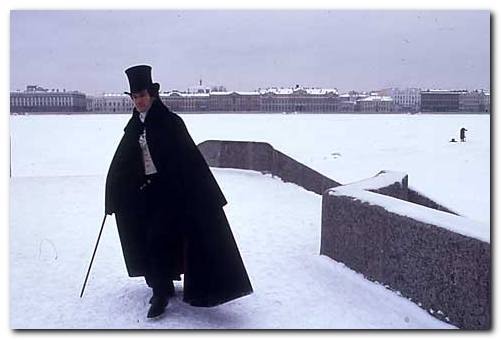
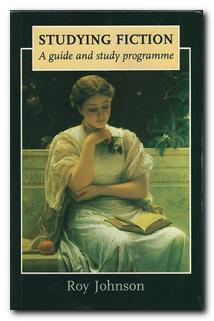 Studying Fiction is an introduction to the basic concepts and technical terms you need when making a study of stories and novels. It shows you how to understand literary analysis by explaining its elements one at a time, then showing them at work in short stories which are reproduced as part of the book. Topics covered include – setting, characters, story, point of view, symbolism, narrators, theme, construction, metaphors, irony, prose style, tone, and interpretation. The book also contains self-assessment exercises, so you can check your understanding of each topic. Best-selling title, written by the author of these web pages.
Studying Fiction is an introduction to the basic concepts and technical terms you need when making a study of stories and novels. It shows you how to understand literary analysis by explaining its elements one at a time, then showing them at work in short stories which are reproduced as part of the book. Topics covered include – setting, characters, story, point of view, symbolism, narrators, theme, construction, metaphors, irony, prose style, tone, and interpretation. The book also contains self-assessment exercises, so you can check your understanding of each topic. Best-selling title, written by the author of these web pages.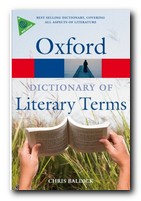
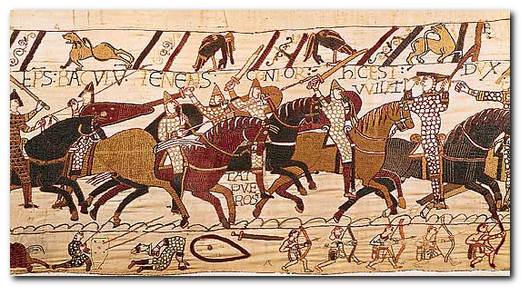
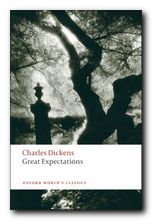 The term theme is used to describe the underlying topic or issue of the narrative. This is often of a general or abstract nature, as distinct from the overt subject with which the work deals. It should be possible to express theme in a single word or short phrase such as ‘redemption through suffering’, ‘moral education’, or ‘coming of age’.
The term theme is used to describe the underlying topic or issue of the narrative. This is often of a general or abstract nature, as distinct from the overt subject with which the work deals. It should be possible to express theme in a single word or short phrase such as ‘redemption through suffering’, ‘moral education’, or ‘coming of age’.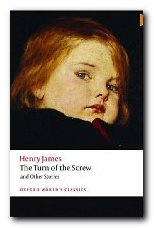
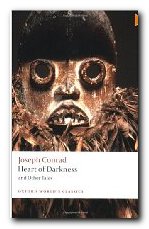 A famous and much-discussed example is Joseph Conrad’s novella
A famous and much-discussed example is Joseph Conrad’s novella